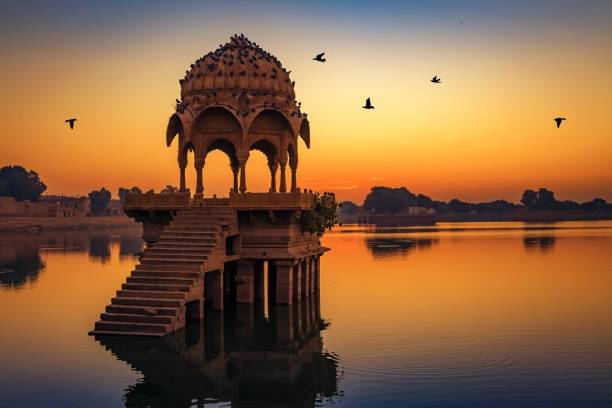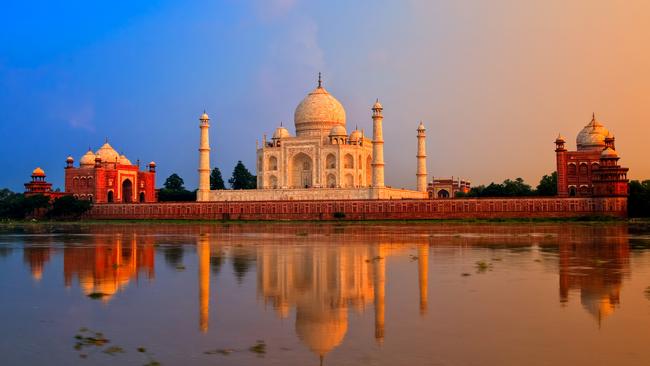
Ladakh
The majority of Ladakh, the highest plateau in India, is more than 3,000 metres (9,800 feet). It encompasses the and runs from the Himalayan to the Kunlun Ranges

Zanskar
Zanskar is a high-altitude semi-desert region situated on the Himalayan Range's northern edge. This mountain range serves as a defence wall for Zanskar and Ladakh.

Srinagar
It is the biggest city and summer capital of the union territory of Jammu and Kashmir, which is governed by India. It is located along the banks in the Kashmir Valley.

Spiti Valley
A chilly, mountainous desert with windswept vistas, intriguing valleys, and a dry, weather-beaten face dotted with green patches.

Goa
The Western Ghats divide the state of Goa from the Deccan highlands on India's southwest coast. Goa is part of the Konkan area.

WHITE OUT SPITI
Wintertime in Ladakh (November to February) In November and February, the colder months occur. The average temperature falls to -10 degrees Celsius during this period, and the entire city resembles a scene from a fairy tale.

south
After Mumbai and Pune, Nashik is the third-largest city in Maharashtra. Particularly during the winter, Nashik is located in the northern region of the state of Maharashtra, with a 700 m (2,300 ft) variation. Nashik is a mountainous area located 700 metres above sea level.

Rajasthan
India's northern state is called Rajasthan. Its area is 342,239 square kilometres, or 10.4% of the total. In terms of area, it is the largest Indian state, and in terms of people, it ranks eighth.

North
North India, sometimes known as Northern India or just the North. The Indo-Gangetic Plain and the Himalayas, which separate the area from the Tibetan Plateau and Central Asia, are the two most notable geographical characteristics of North India.


